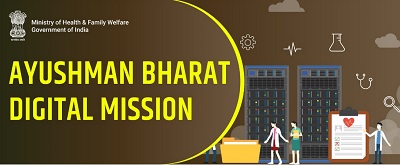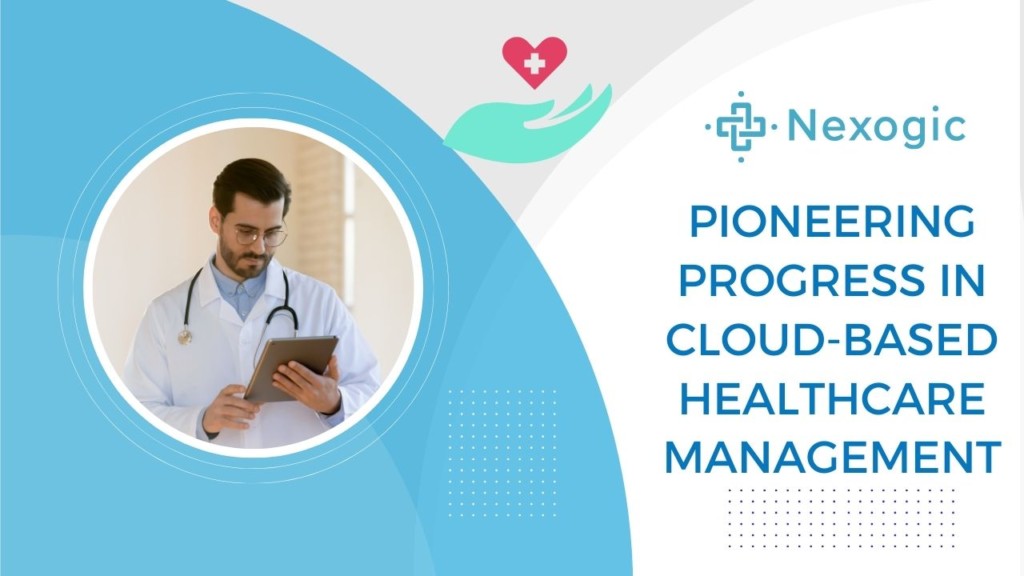Ayushman Bharat Digital Mission: What is it and how does it work?
Ayushman Bharat Digital Mission: What is it and how does it work?
The Ayushman Bharat Digital Mission is a groundbreaking initiative by the Government of India aimed at revolutionising the healthcare sector through the integration of technology and digital infrastructure. Launched as an extension of the Ayushman Bharat Pradhan Mantri Jan Arogya Yojana (AB-PMJAY), which provides health insurance coverage to economically disadvantaged citizens, this digital mission promises to make healthcare services more accessible, affordable, and efficient for all.
What is health insurance?
Before diving into the Ayushman Bharat Digital Mission, it’s crucial to understand the concept of what is health insurance. Health insurance is a financial instrument that provides coverage for medical expenses incurred by an individual or their family. In essence, it acts as a safety net, protecting policyholders from the financial burden of unexpected medical bills. Health insurance plans vary in scope and coverage, but they generally cover expenses such as hospitalisation, doctor’s fees, surgeries, medicines, and preventive care.
Health insurance is crucial because it not only provides financial security but also encourages individuals to seek timely medical care without worrying about the cost. This, in turn, contributes to better health outcomes and an overall healthier population.
Ayushman Bharat Digital Mission: An overview
The Ayushman Bharat Digital Mission, often referred to as the ABDM, is a key initiative within the broader Ayushman Bharat program. It has been designed to address various challenges in the Indian healthcare ecosystem, including accessibility, affordability, and quality of care.
How does Ayushman Bharat Digital Mission work?
Now, let’s explore how the Ayushman Bharat Digital Mission works and its potential impact on the healthcare sector in India:
Health facility registry: The ABDM will establish a comprehensive registry of healthcare facilities, both public and private. This registry will contain information about the facilities’ location, services offered, available medical staff, and infrastructure.
This registry aids patients in finding the most suitable healthcare facilities based on their needs and preferences. It can also serve as a tool for monitoring and regulating healthcare providers, ensuring quality care.
Digital payments: The mission emphasises the use of digital payments for healthcare services. This makes it easier for patients to pay for medical treatments and services without the need for physical cash.
Digital payments streamline the financial aspect of healthcare, reducing the risk of corruption and ensuring that healthcare providers receive timely payments. This can lead to more transparent and efficient healthcare services.
Data security and privacy: Data security and privacy are critical components of the ABDM. The government has implemented robust security measures to safeguard health data from breaches and unauthorised access.
Ensuring data security and privacy builds trust among citizens and healthcare providers, encouraging broader participation in the digital health ecosystem.
Interoperability: To make the system more effective, the ABDM aims for interoperability between different healthcare providers and systems. This means that health data can be easily shared between different healthcare facilities and practitioners, ensuring seamless patient care.
Interoperability enhances the quality of care by allowing healthcare providers to access a patient’s complete medical history and provide informed treatment decisions.
In conclusion, the Ayushman Bharat Digital Mission is a game-changing initiative that leverages technology to enhance healthcare accessibility, affordability, and quality in India. With the creation of Health IDs, the establishment of healthcare facility registries, and the promotion of telemedicine services, the ABDM has the potential to transform the way healthcare is delivered and accessed in the country. By emphasising data security and interoperability, it ensures that healthcare remains both effective and secure. This mission, when fully realised, has the potential to positively impact the lives of millions of Indians by making quality healthcare services more accessible and affordable than ever before.



